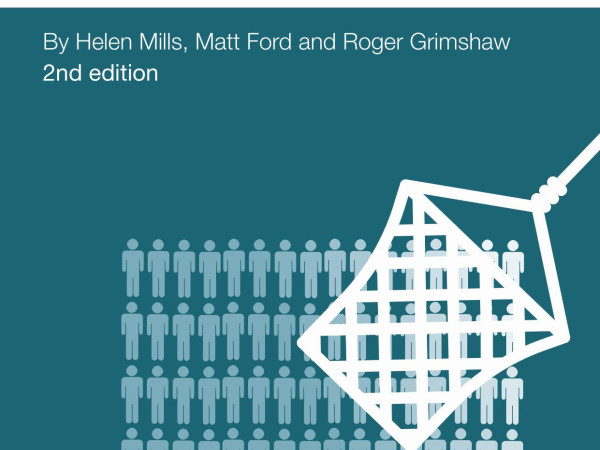
Today we have published a second edition of the Usual Suspects, a report looking at the best available indicators of joint enterprise prosecutions and convictions for over a decade.
Our Head of Programmes, Helen Mills writes about why we’ve issued a second edition here and calls for the Ministry of Justice to deliver on the long promised improved data collection about this discredited and discriminatory doctrine.
The research – The usual suspects – was conducted by the Centre for Crime and Justice Studies, in partnership with the campaign group JENGbA and funded by the Barrow Cadbury Trust.
Until the Supreme Court ruling, in February 2016, there were three ways that multiple people could be prosecuted for a single offence, under so-called joint enterprise principles. First, if two people jointly committed a single crime, and, second, if one or more people actively assisted or encouraged someone else to commit a crime.
The third way, known as ‘parasitic accessory liability’, involved cases in which two or more people committed a crime, during which one of them committed another crime. Under parasitic accessory liability, the others could be prosecuted as secondary suspects, on the basis that they should have foreseen that the primary suspect would commit another crime. In 2016, the Supreme Court ruled that this third approach – parasitic accessory liability – had been wrongly applied, setting far too low a bar for individuals to be convicted of offences they did not perpetrate.
To explore the possible impact of this ruling, researchers at the Centre for Crime and Justice reviewed prosecutions and convictions of secondary suspects for murder and manslaughter, and multi-defendant cases for homicide.
For murder and manslaughter:
- In three years leading up to the Supreme Court ruling – 2013/14 to 2015/16 – the researchers identified 522 individuals charged as secondary suspects and 296 convictions of secondary suspects.
- In the three years following the ruling – 2016/17 to 2018/19 – researchers identified 547 individuals charged as secondary suspects and 326 convictions of secondary suspects.
There was therefore no discernible impact on the number of prosecutions and convictions.
The researchers also looked at the age, ethnicity and other characteristics of defendants. A clear profile emerges about who has been convicted of serious violent offences through joint enterprise laws. They are predominately young men. Those from minority ethnicity communities, particularly the Black community, are consistently over represented. Indeed, there are indications that the most recent period has seen some increase in ethnic disproportionality among those convicted under joint enterprise rules.
Among its recommendations, the report is calling for Crown Prosecution Service to commit to proper data collection, and to undertake a retrospective review of joint enterprise prosecutions. It also calls for the House of Commons Justice Committee to undertake an Inquiry into the application of the joint enterprise rules.
The findings come at a time of renewed campaigning around the impact of joint enterprise on prisoners and their families. Those convicted prior to the 2016 Supreme Court ruling face enormous obstacles to challenging their convictions. This has led JENGbA to propose a change in the law, through a Private Member’s Bill, to make it easier for successful appeals to be mounted.